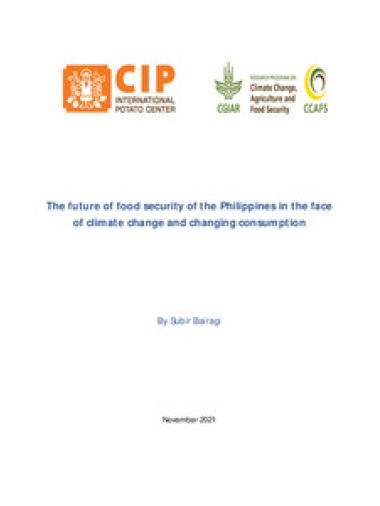The future of food security of the Philippines in the face of climate change and changing consumption

The objectives of this study are two-fold: (i) to foresight the future demand for food items in the Philippines by rural and urban households, and (ii) to simulate changes in food consumption under various climatic scenarios. I used uncompensated demand and income elasticities from Bairagi et al. (2022) to estimate the future food demands and develop a simulation-based rice market model to quantify changes in food demands in the next decade. The results reveal that temperature and precipitation negatively affect the rice yield in the Philippines, the primary cash crop and staple food, but the effects are insignificant (minimal). The rice productivity could decrease by 0.24- 0.9%, resulting in an approximate 0.28-1.02% increase in rice prices in the next decade. Because of climate change (RCP 8.5: no climate mitigation target scenario), the per capita rice consumptions in Filipino rural and urban households are likely to decline by 0.60 kg and 0.74 kg per year, respectively. In terms of total demand, approximately 85 thousand metric tons (mt) of milled rice will be less demanded due to climate change. The total meat demand is likely to decline by 5.4 thousand mt, with a higher decline in urban areas. In contrast, approximately 1.2 thousand mt of fish consumption will increase by 2030. These findings indicate that climate change will reshape the future food basket in the Philippines.
Citation
Bairagi S. 2021. The future of food security of the Philippines in the face of climate change and changing consumption. CCAFS Report. Wageningen, the Netherlands: CGIAR Research Program on Climate Change, Agriculture and Food Security (CCAFS).